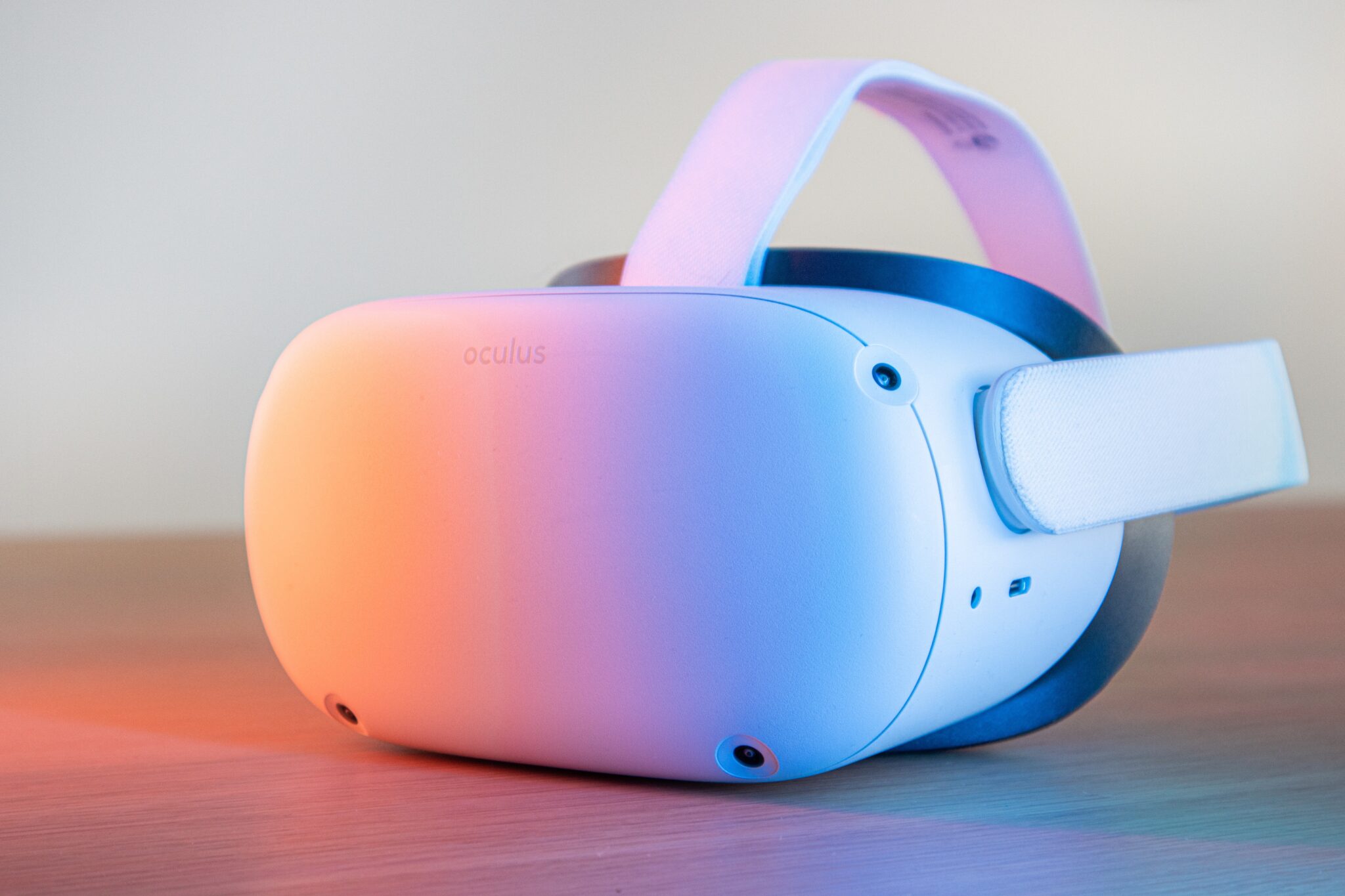Mark Zuckerburg’s metaverse is one of avatars and virtual experiences—with an interface that looks eerily like if “The Sims” met Google Glass. And he just bet the future of his trillion-dollar company on it.
We’ve seen the eye candy, including the Billie Eilish / Beat Saber commercial that’s inescapable to American TV viewers these days. The rhythm-based VR video game looks cool. Not totally practical, but eye-catching.
What we haven’t seen—more damning to Meta’s brand than its new logo—is a pathway to sustainability and success. How do you generate consumer interest in the metaverse experience? How do you recreate the market share and market dominance that Facebook had during its period of rapid growth? How do you fend off threats, either through acquisition or innovation, like the social media giant did with Instagram and Snapchat? How do you sell the Metaverse to advertisers, fundamental in Facebook’s profitability? And are they even interested in the first place?
When Facebook declared its IPO in 2012, it answered the concern of critics who wanted to understand how the company would eventually make money. It accomplished this by tinkering with the algorithm, parting ways with a linear timeline for nearly a billion users in favor of EdgeRank, which gave big-pocketed advertisers a means to place themselves on the News Feeds of millions with favorable CPM rates. When the company acquired Instagram in 2013, users knew it would ultimately mean the end of that brand’s linear timeline in favor of the same ad-friendly mechanism.

But users are the biggest challenge for Meta’s foray into metaverse dominance. There simply aren’t enough of them to entice advertisers at the moment. Oculus has only sold 1.87 million units of its Quest 2 headset to date and rough data has nearly 17 million VR headsets sold across all brands to date. By comparison, Apple sold 60 million AirPods in 2019 alone and approximately 100 million all-time.
Apple’s mixed reality headset is rumored to launch at some point in 2022, which will certainly play with the brand’s avid following of phone, wristwatch, earphone and laptop consumers.
In what could be considered a fitness metaverse, or community for those beyond coining buzzwords, Peloton has sold 2.33 million units to date at a price point 4-6 times the Quest 2.
Other aspects of a metaverse are already fairly well established, like online gaming, cryptocurrencies, NFTs, gaming and virtual events—all of which have been further amplified due to the COVID-19 pandemic.
If Facebook/Meta was going to build something on-par with its near-monopoly of the social media space a decade ago, it might not have the cash or infrastructure this late in the game. ByteDance, the parent company of TikTok, has already announced their intention to go toe-to-toe with Facebook from a hardware standpoint by acquiring Pico Interactive. And a recent major advertising campaign suggests that, with China’s financial backing, Facebook might be facing its greatest competitive threat to date.
The brands and advertisers that drive Facebook’s bottom line currently are also aware that they’ll want to own and control more of the metaverse experience, which they weren’t able to do with social media. When Facebook, Twitter and Instagram first appeared, most corporate entities delegated the management of these new platforms to inexperienced employees as Zuckerberg amassed his power. Now, digital heads, agencies and the C-suite will be more aggressive in wanting to build and sustain a metaverse strategy that they can own and isn’t subject to algorithms they might not control. They probably prefer a more disjointed metaverse at the end of the day.

That’s all without mentioning that there is already intense user backlash over Facebook/Meta’s desire to tie every Oculus device to a Facebook account—part of the financial model to profitability, opening up users to targeted advertising. The business-targeted Oculus Quest 2 device will set you back $500 more but won’t force you to part with your data.
While Zuckerberg’s vision to unite the metaverse under a single umbrella will fail, the future of the metaverse won’t. Like 3D printing a decade ago, which futurists the early adopters and most successful use cases will fall in the B2B space. 3D printing has changed our access to PPE (Personal Protective Equipment), car parts, medical and dental devices, hearing aids and even 3D-printed homes are starting to turn up as an affordable housing solution.
The metaverse will do the same—B2B adaptation leading the way as B2C consumers dip their toes in the water on whether or not the technology is for them.
For instance, auto manufacturers need new ways to display cars to interested buyers. It’s becoming more and more common for customers to buy houses based on VR technology. HR departments need ways to recruit the best talent, especially as remote work becomes more commonplace. My company, VRdirect, has offered B2B clients the opportunity to do this with relative ease, using software that allows anyone to become a creative.
Even in a disjointed metaverse, benefits like the environmental impact of reduced business travel become obvious, especially when it comes to our personal carbon footprint. There’s also the added benefit of work-life balance gained by not having to go on that business trip or not having to commute to that big meeting.
But we’re still a social species at heart. One of the things Zuckerberg got right with social media was our desire to weave an in-person experience with our desire to talk about it online. The thought that humans will have the same thirst about a strictly digital metaverse experience remains to be seen.
Rolf Illenberger is the founder, CEO and managing director of VRdirect, a platform that allows anyone to create and publish VR experiences, with an emphasis on enterprise users.






